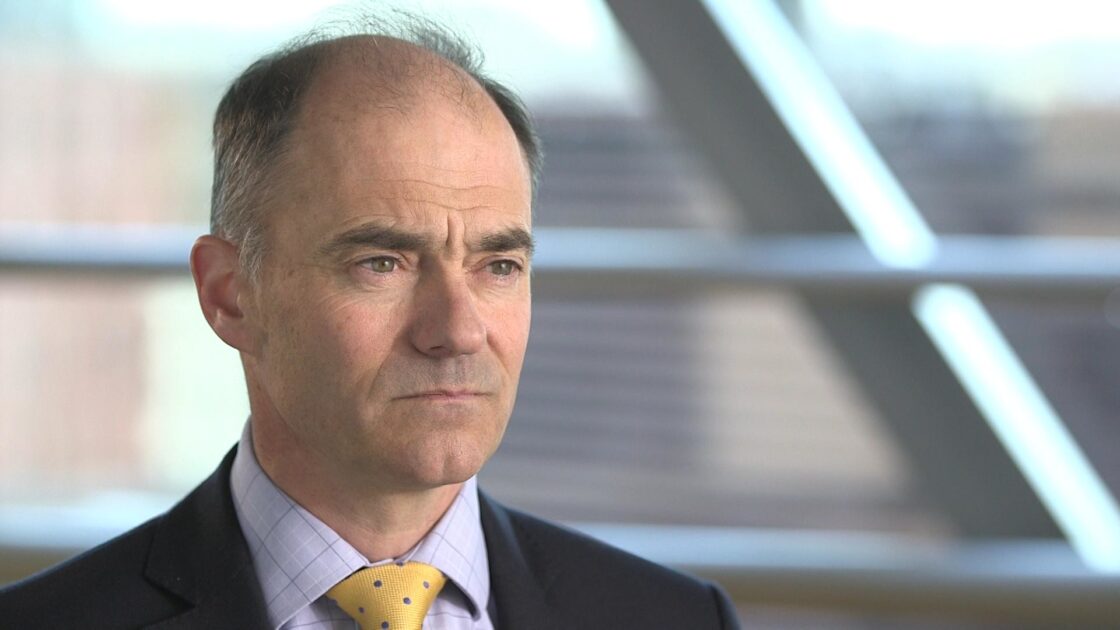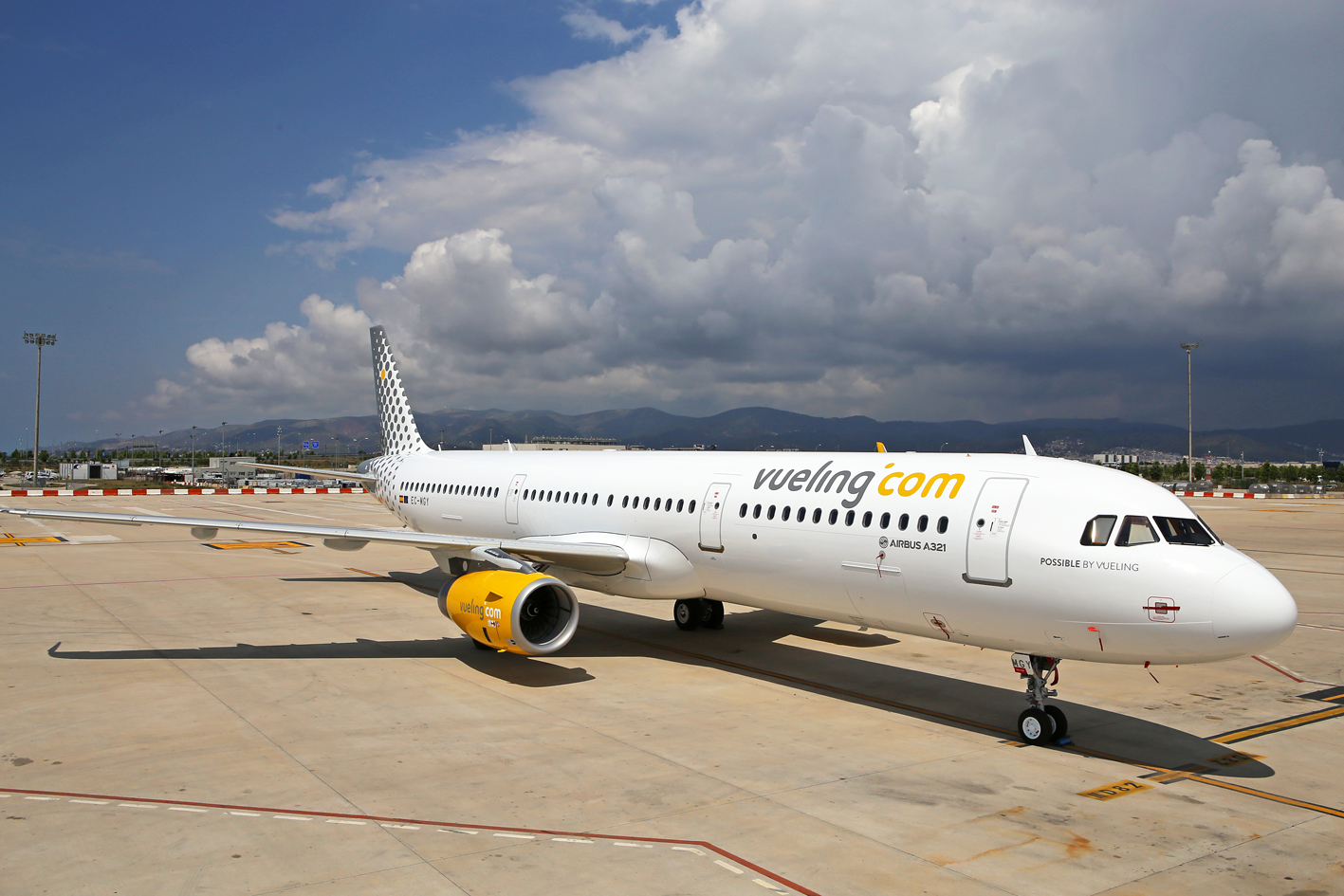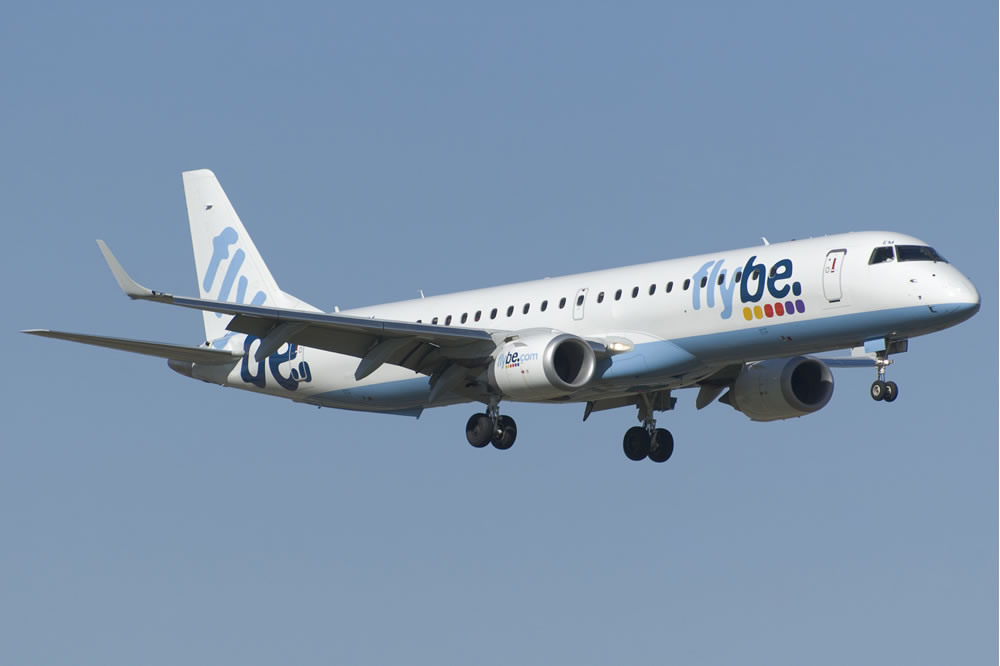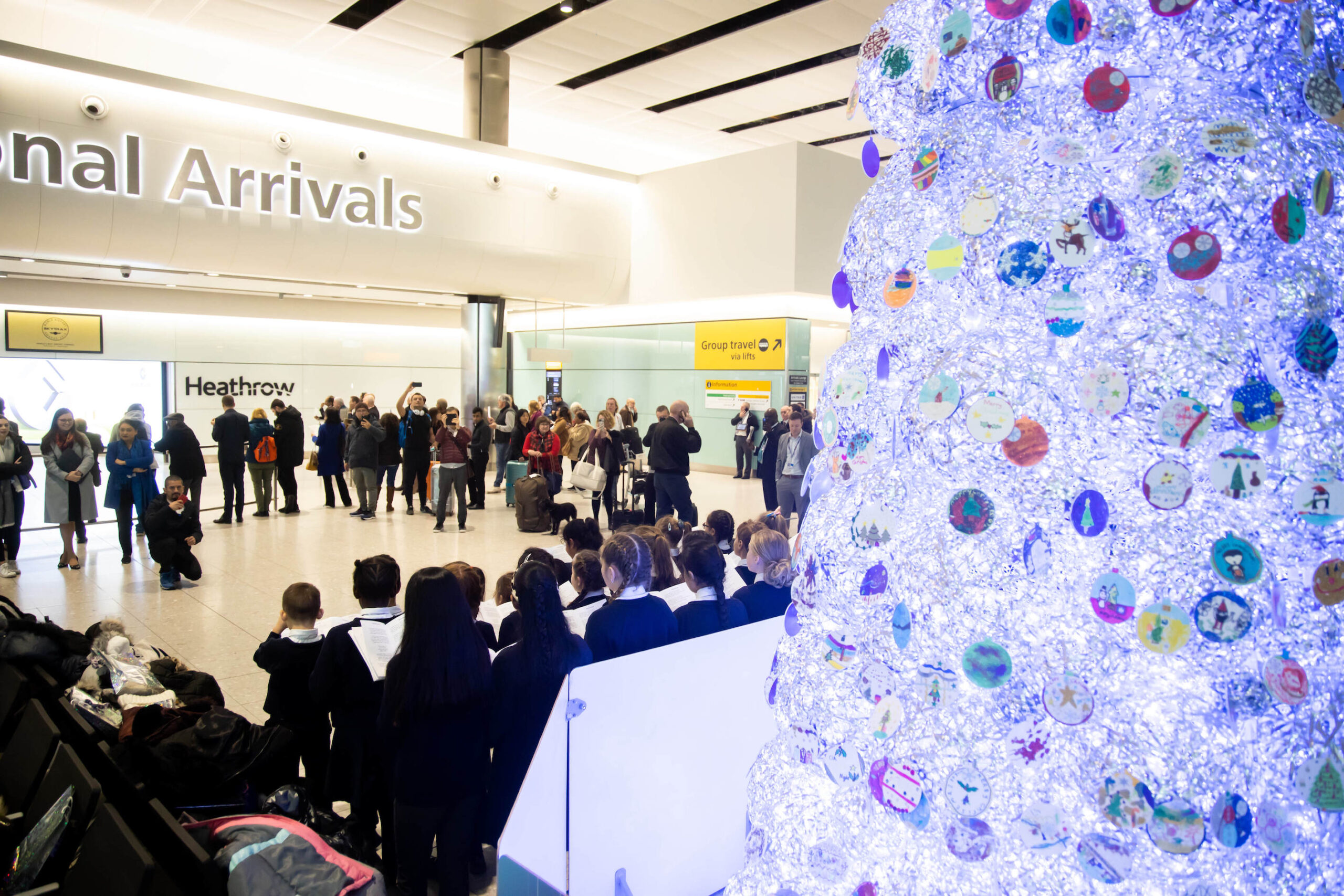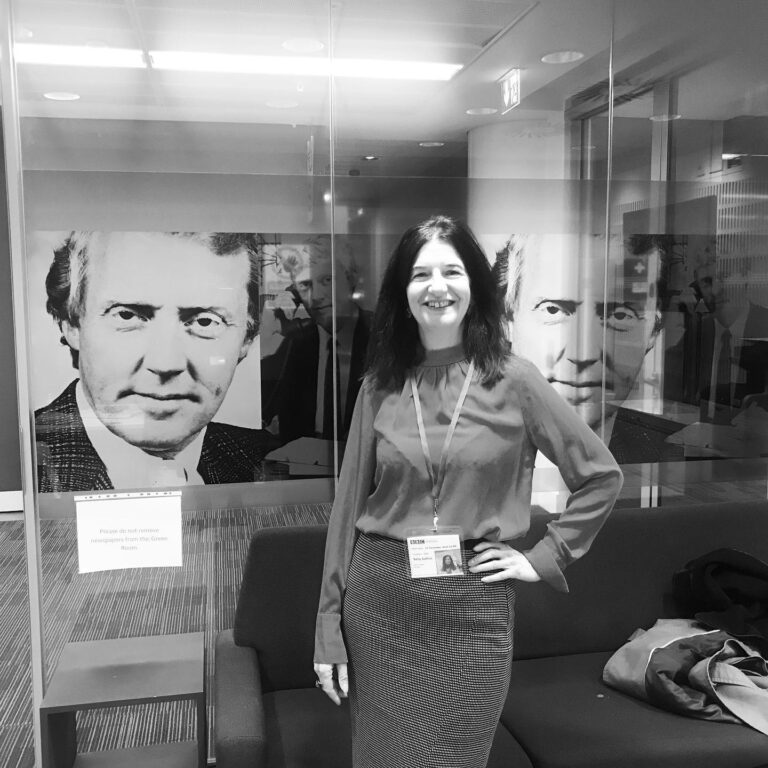first published May 26 2020
Rolls Royce has announced a plan to eliminate 9000 jobs, in order to save the company £700M. The company has also furloughed 4000 employees using the UK government scheme which pays 80% from the national purse for 4000 employees.
Of the 9000 jobs to be lost, the majority will come from its civil aerospace operations based in Derby in the UK.
Globally Rolls Royce employs 52000 people. The company enjoyed annual revenues of UK £15.3bn in the financial year ending 2019.
Cost-cutting will also be made in its plant and property, capital and other indirect areas. The aim is to save over £1.3bn which includes the £700M savings from job losses.
CEO Warren East blames the decision on the current pandemic. “This is not a crisis of our making. But it is the crisis that we face and we must deal with it. Our airline customers and airframe partners are having to adapt and so must we.”
Widebody long haul aircraft rely on Rolls Royce Trent engines. Longhaul travel is the sector worst hit by the pandemic and likely to be last to return to operation. The Trent engines are used in the wide body workhorse fleets of the A330, A340, A350 and A380, as well as Boeing 777 and B787 types.
Consequently with traffic down by 90% globally, whole fleets parked, and new aircraft orders cancelled and deferred, there is no market demand at present for the Rolls Royce engines.
Our customers are having to adapt and so must we
Warren east, CEO of Rolls Royce
East has blamed its needs to cut the workforce on that reality and the forecast of traffic unlikely to return to 2019 levels for several years.
However trades unions cite inherent problems and weaknesses prior the pandemic.
Unite assistant general secretary for manufacturing Steve Turner says, “The news that Rolls Royce is preparing to throw thousands of skilled, loyal, world class workers, their families and communities under the bus during the worst public health crisis since 1918 is shameful opportunism.
“This company has accepted public money to furlough thousands of workers. Unite and Britain’s taxpayers deserve a more responsible approach to a national emergency. We call upon Rolls Royce to step back from the brink and work with us on a better way through this crisis.”
“Our members at Rolls Royce, fearful and anxious already in the face of a pandemic, will be shocked and distressed by this news, but we say to them we have their back at this difficult time.
“We will leave no stone unturned in our fight to protect skilled jobs and the backbone of our manufacturing sector. We will be meeting with the company over the coming days to convince them to take a different approach, and pressing the government to step up to the plate to protect our manufacturing base.”

Rolls Royce announced a restructuring back in June 2018. This will “transition into the wider proposed reorganisation,” says East.
In all, Rolls Royce powers 35 different types of commercial aircraft in 13000 aircraft, accounting for 47percent of its total employees. It also has a strong defence business which remains untouched by the pandemic. This accounts for 16,000 engines around the world, with 19percent of its workforce. Rolls Royce also operates in the nuclear sector, in data and in power systems for rail, marine and infrastructure sectors.
News of planned cuts circulated at the beginning of May, as various nations entered lockdown and the air transport sector came to a halt. At that point, the likely impact was estimated to be a reduction of 8000 jobs at Rolls Royce.
The company stated at the time: ‘The impact of the COVID-19 pandemic is unprecedented. We have taken swift action to increase our liquidity, dramatically reduce our spending in 2020, and strengthen our resilience in these exceptionally challenging times. But we will need to take further action. We have to do this right, which means we are working closely with our employee and trade union representatives and then we will consult with everyone affected. We have promised to give our people further details of the impact of the current situation on the size of our workforce before the end of this month.’
But two weeks on, CEO Warren East says, ‘The strategic choices that we have made over the last few years have helped us to respond rapidly to COVID-19 and the synergies between our divisions leave us well placed to capitalise on the long-term potential of our markets. The world on the other side of this pandemic will need the power that we generate to fuel economic recovery. I absolutely believe the call for that power to be more sustainable will be stronger than ever. This plays to our strengths. We must ensure that we are able to continue to innovate and play our leading role in enabling the vital sectors in which we operate achieve net zero carbon emissions. We have emerged from troubled times before, to achieve incredible things. We will do so again.’

